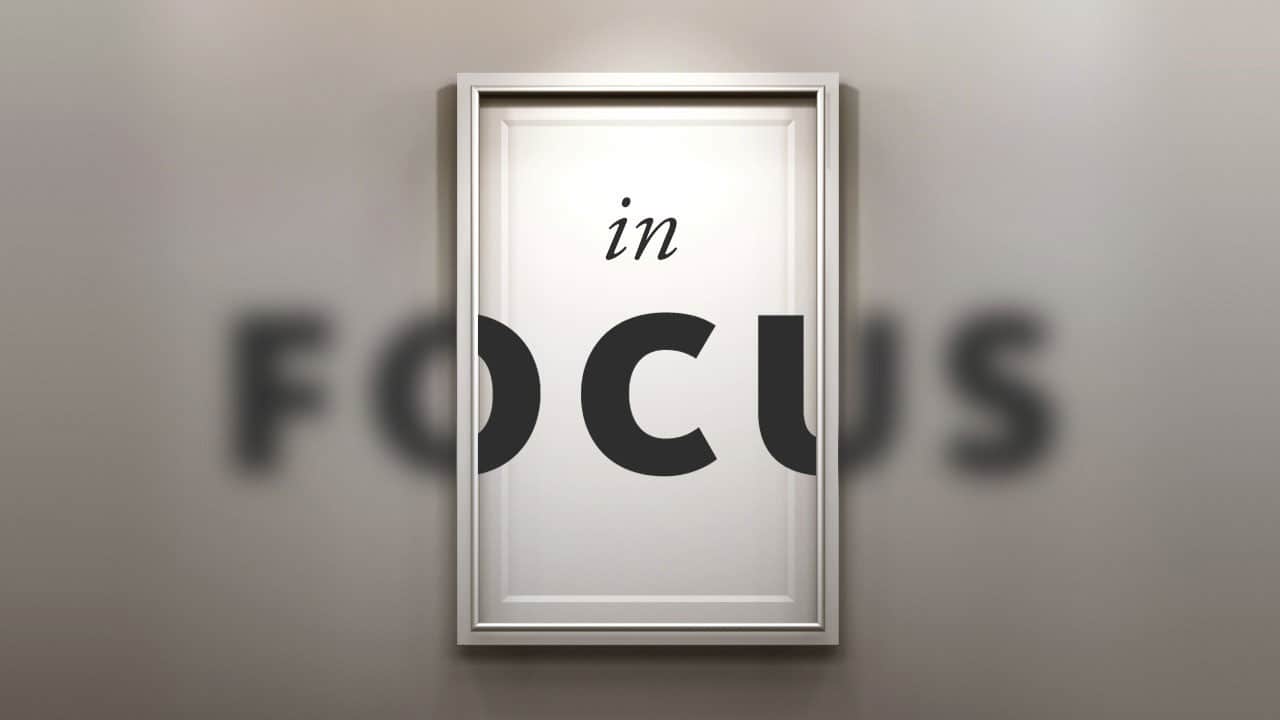
Visual Design Elements That Can Make or Break Your Web Design
No matter how great your content or value propositions are, you’re not going to get good conversion rates if your website is not visually appealing.
When people see a poorly designed website that doesn’t even try to look good, they’re going to assume that the business behind it isn’t all that great either.
Your website should be helping you create a good first impression and make you stand out from the competition. Generic looking websites that aren’t well thought out may seem like a good idea if you’re just starting out. But the reality is, you’re losing out on a lot of potential new business because your competitors are doing a better job at attracting new visitors and converting them into leads.
Good visual design involves a lot more than just a bunch of pretty pictures though. There are lots of factors that need to work together for the overall design to become even remotely remarkable.
With all this mind, here are the primary design elements you need to consider for your website:
The Color Scheme
A website’s color palette should be chosen carefully because it’s one of the easiest ways people will be able to identify your brand.
Think of some of the world’s most well-known brands such as Coca-Cola and Starbucks. They don’t use fancy colors but the specific shades that they use are instantly recognizable. If the colors look off even by just a tiny bit, people are going to take a second look and wonder if what they’re looking at is authentic.
When picking out a color scheme, it’s important to be consistent with your brand. Choose two or three colors at most for your primary color scheme. You can also have a secondary color scheme to give your designers some freedom and variety.
Using too many different colors can be confusing and jarring to the eye. People will assume that you don’t care too much about your branding and that you may not be paying enough attention to your business.
Fonts and Typography
How your website copy and content looks plays a huge role in its readability. You not only have to carefully think about which fonts to use, but also consider how big they should be.
Titles and headings should be big enough to call attention to themselves. But they shouldn’t be so big that it makes them difficult to place on the page. Remember that a lot of your visitors will also be browsing on their phones, so you have to account for both small and large screens.
There are two types of pages that you’ll have to choose font sizes for:
-
-
- Text-heavy pages
- Interaction-heavy page
-
Text heavy pages should stick to font sizes between 16 to 20px. Interaction heavy pages can have a wider range, typically from 12 to 40px because you’ll need different sizes to indicate hierarchy visually.
When it comes to choosing fonts, keep it simple and focus on how easy it is to read. Just because there are thousands of different fonts available, doesn’t mean that all of them are going to be appropriate for your brand. Just like with color schemes, you want to be consistent, so you need to limit your choices to two to three at the most.
Fancy looking fonts, such as those that look like they were handwritten, should be reserved for things like logos and banners. Even then, they should be used sparingly.
If you take a look around the web, you’ll notice that even the most popular brands are very conservative with their choice of fonts. You’re not breaking the mold or making a statement by choosing Comic Sans or some other ridiculous font. You’re just making your website look more amateurish and unprofessional.
When it comes to your website copy and content, you should also stick to Google Fonts to make sure it will be properly rendered on any browser.
Page Layouts
Designing good page layouts will make your website easier to navigate and read. It also helps make your design more logical and intuitive to use.
When creating your page layout, you need to consider these factors:
-
-
- Simplicity
- Clarity
- Consistency
-
Simplicity is important because you don’t want to overwhelm your users with too many options. You need to think about the user/customer journey and make your website as easy to use as possible. To help you achieve this, you should present options in a clear and logical manner. You also need to be consistent with your layouts so that people will easily know where to find things, like buttons and navigation options, when they want more information.
Your layout should also be responsive so that it still works as intended both on mobile devices and desktops.
Images, Pictures and Icons
You only have a handful of seconds to capture people’s attention, create a good first impression, and encourage them to spend more time on your site. This is where images can really help drive home the point that you’re trying to make.
The old adage, ‘A picture is worth a thousand words’ applies here. Whether it’s an inspiring picture on your home page or a helpful infographic in one of your blog posts, pictures and images will make your web pages look more impressive and engaging.
Icons will also help guide and direct people to do a desired action. For example, if you want people to scroll down for more information, a clickable arrow that points to where they should go will make things clearer for your audience.
If you’d like to learn more about quality web design for financial advisors, send us a message through the contact form below so we can discuss your options.
Here at AltaStreet, we’ve helped hundreds of financial advisors successfully revamp their visual branding and web designs to keep their practice relevant and drive up more demand for their services.